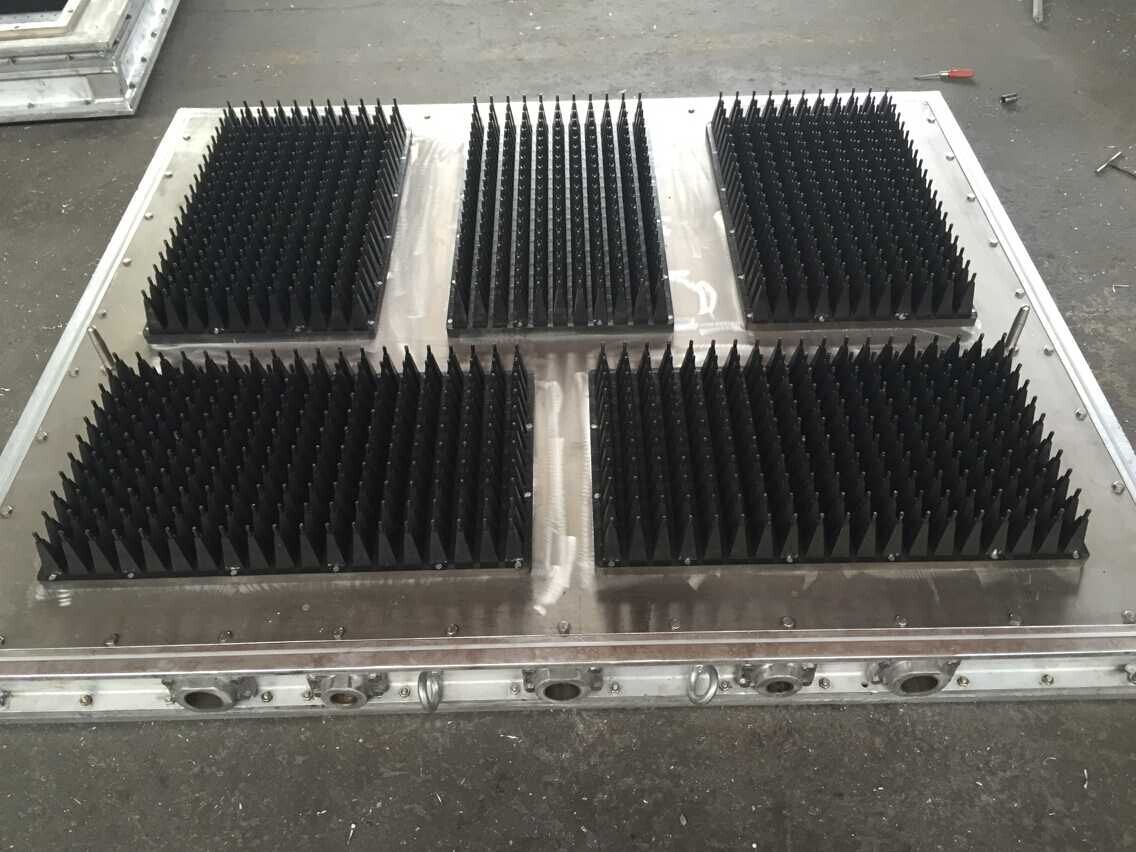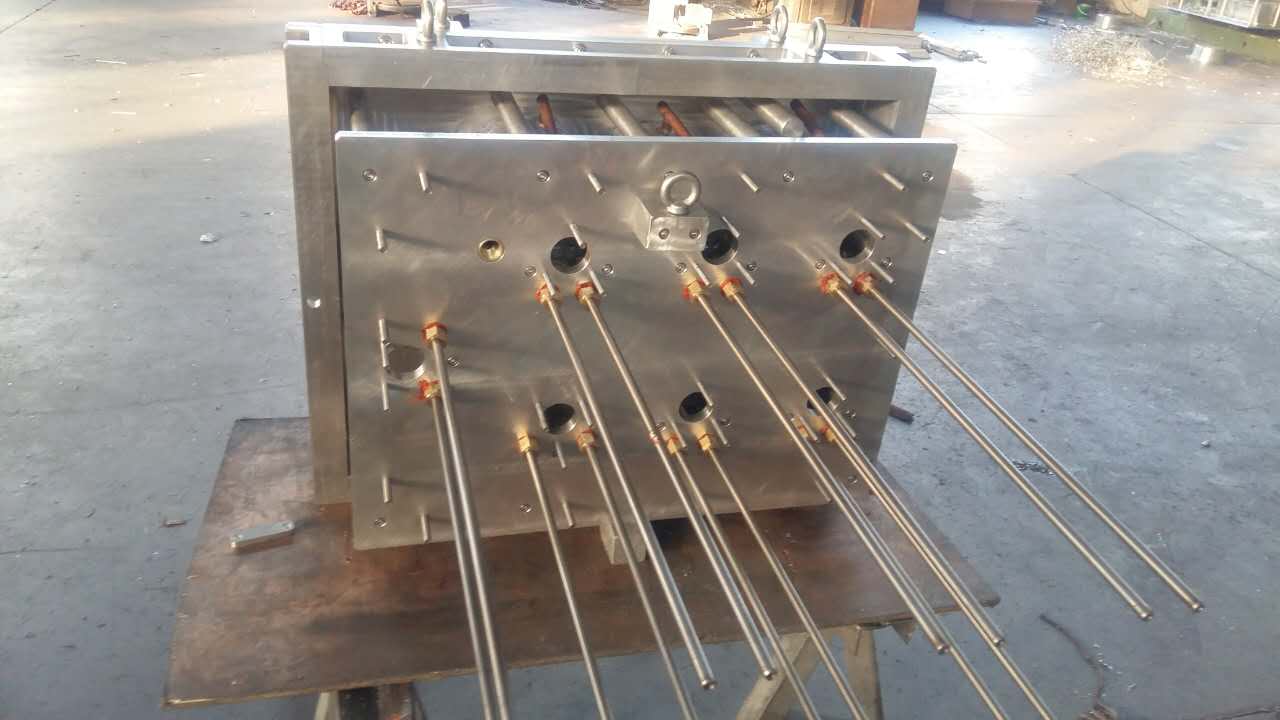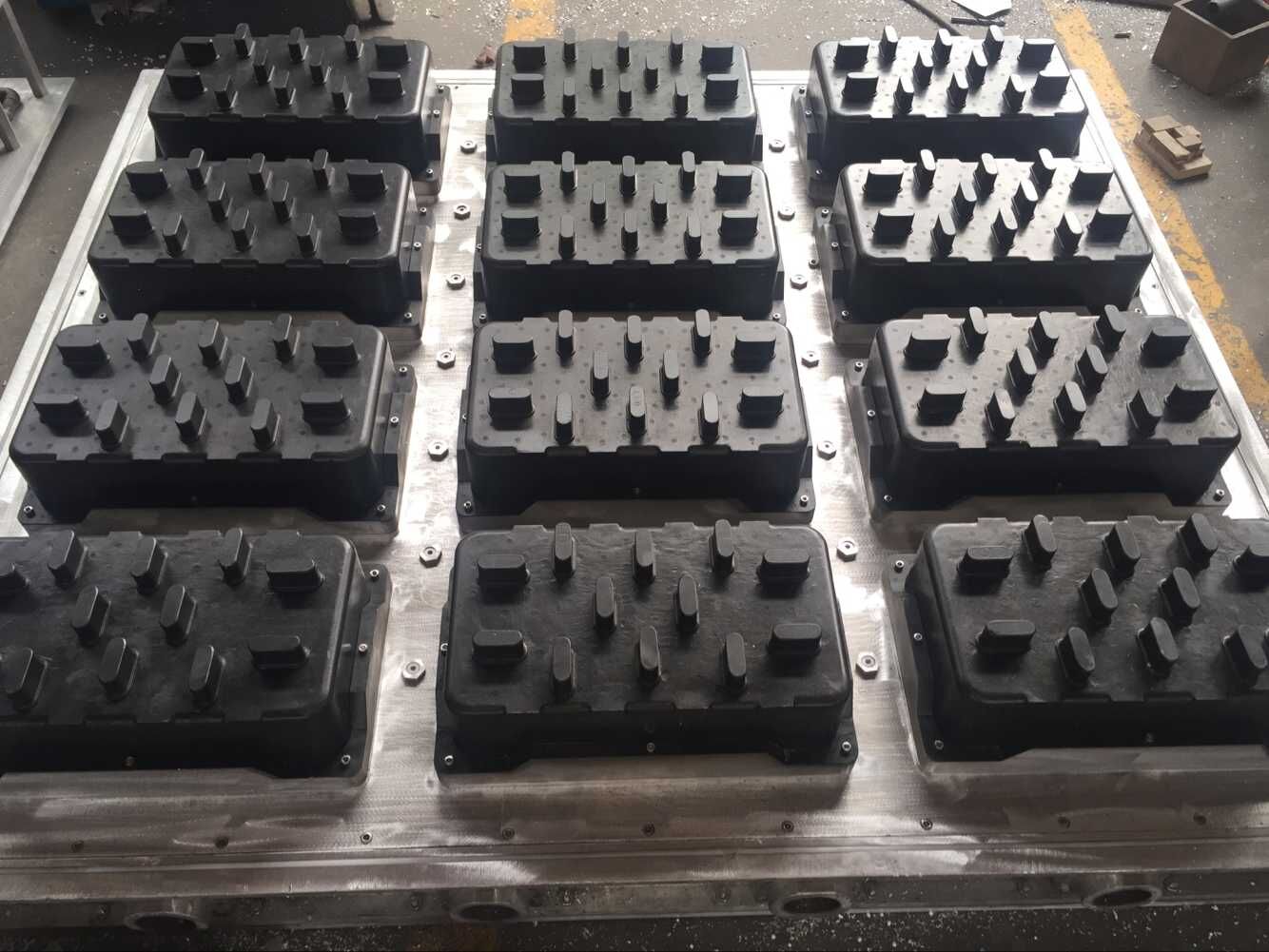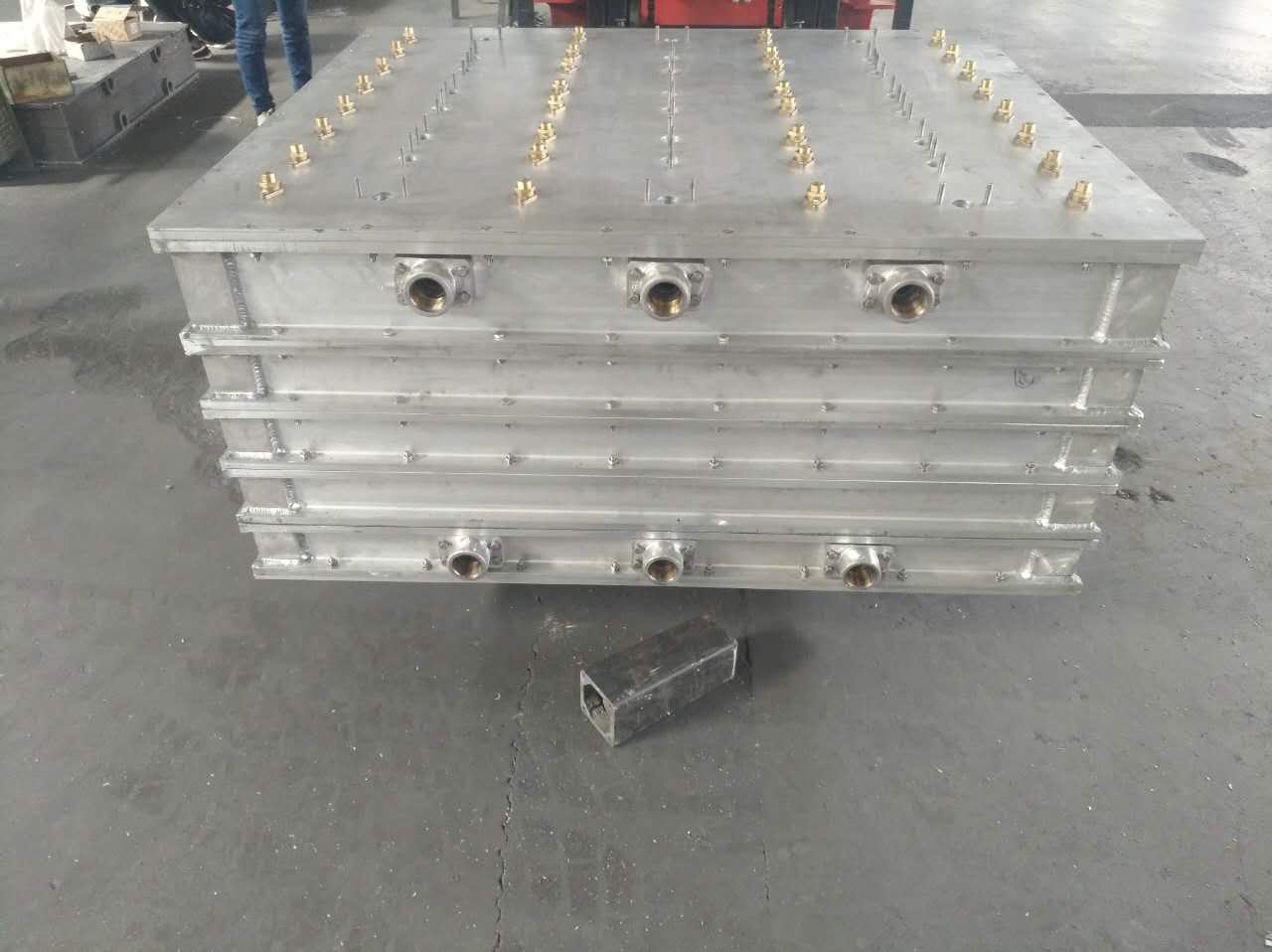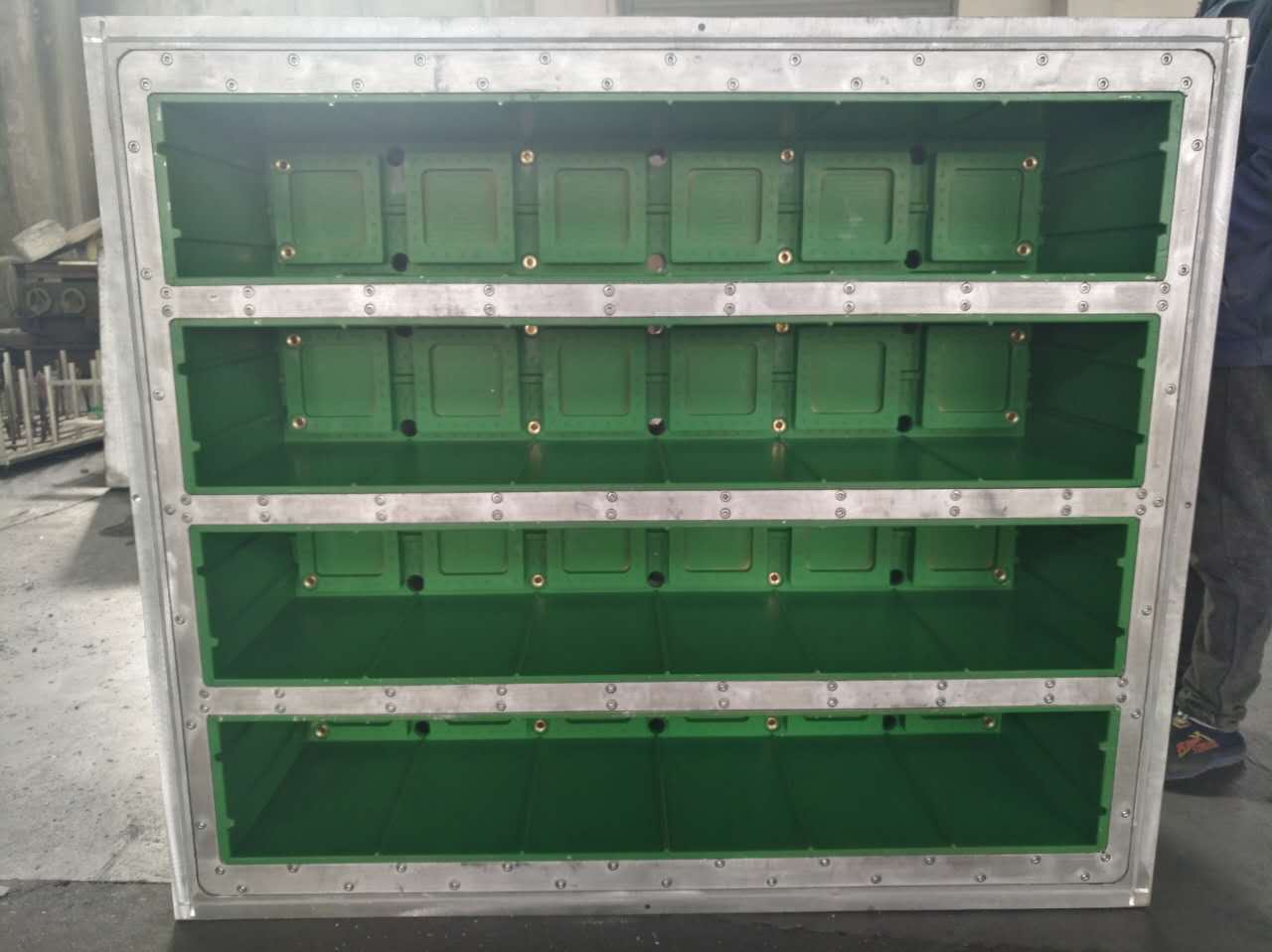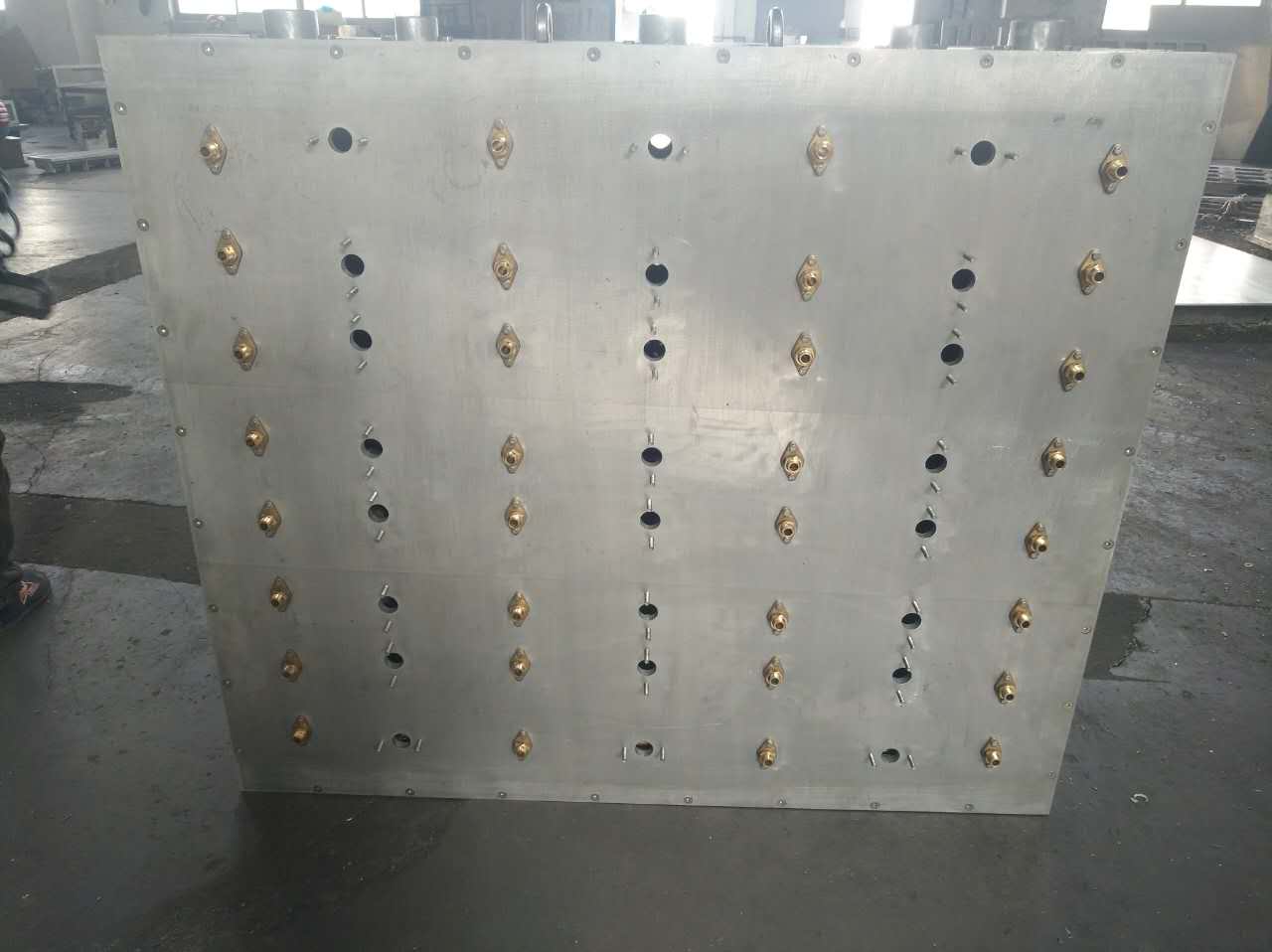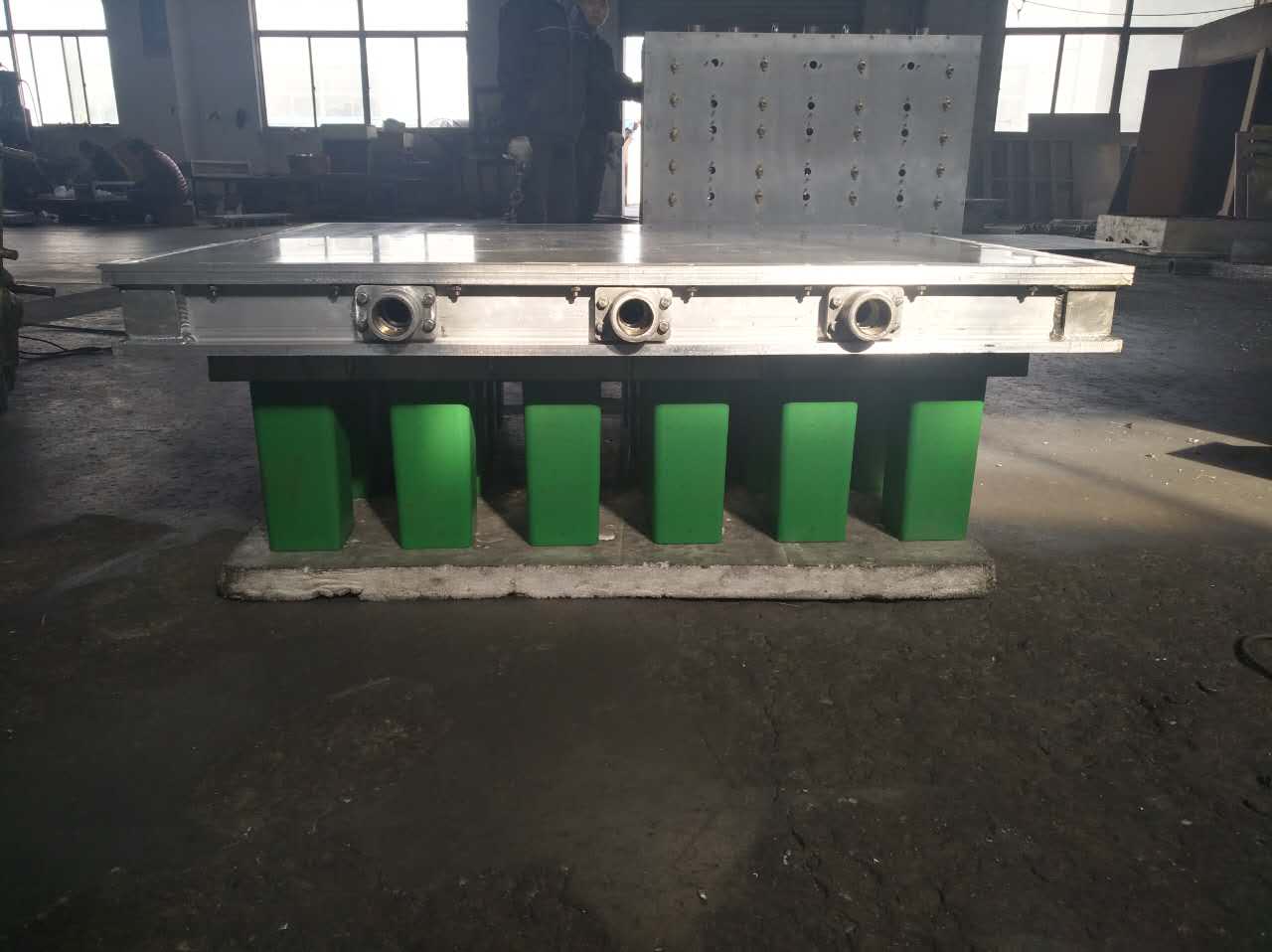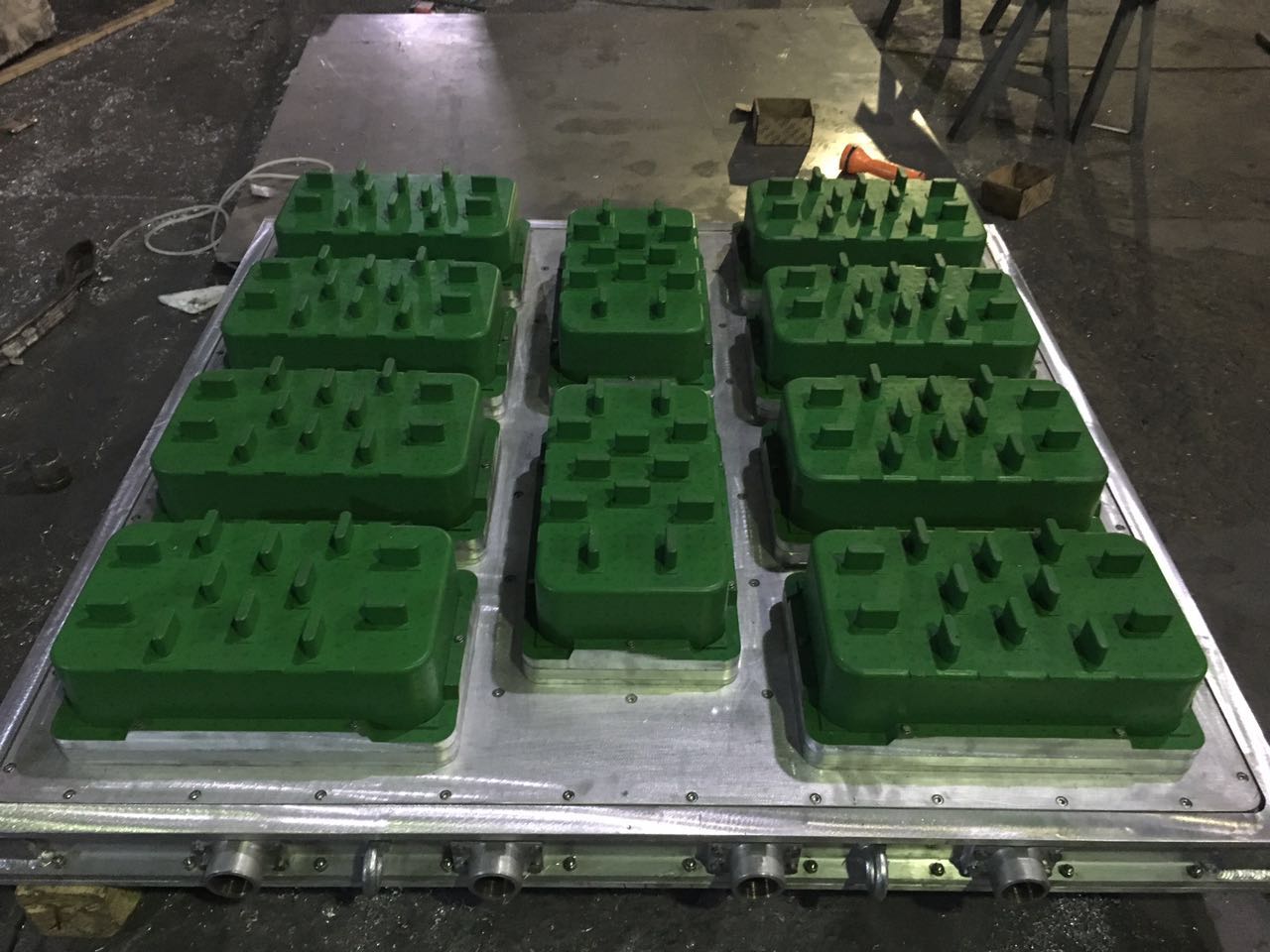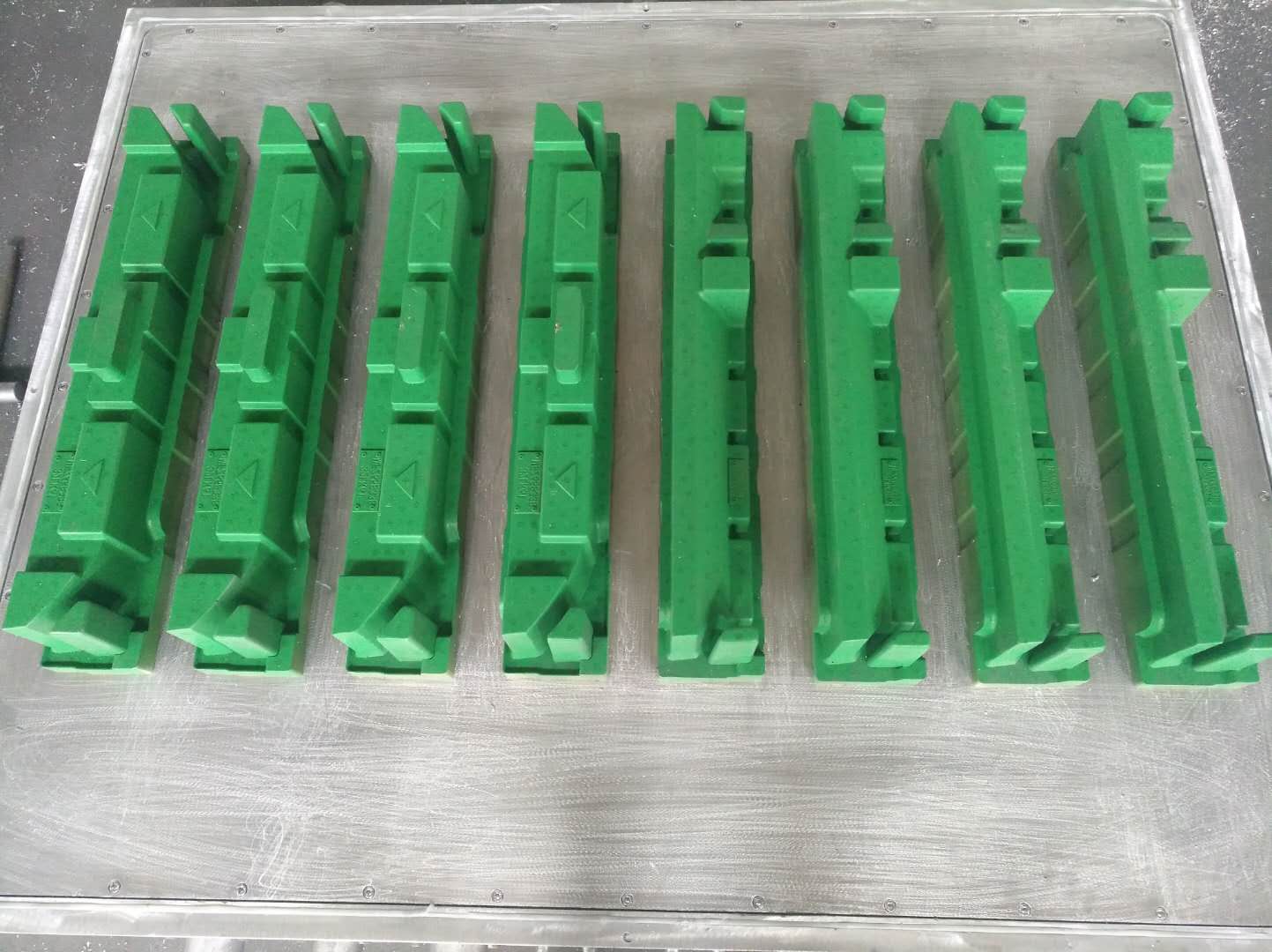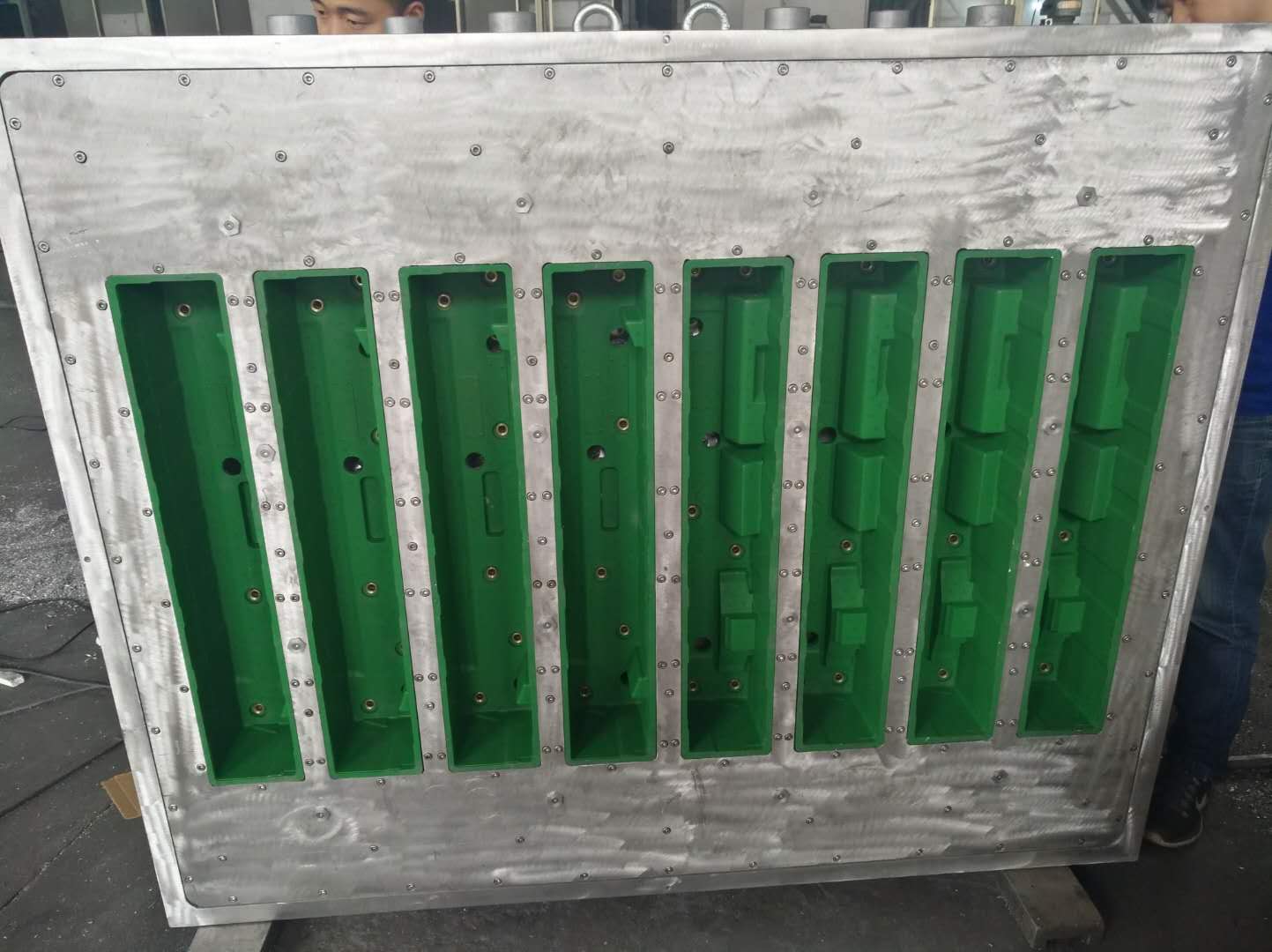Polystyrene Form Factory EPS Seeding Tray Mould
Product Main Parameters
| Steam Chamber | Mould Size | Patterning | Machining | Alu Alloy Plate Thickness | Packing | Delivery |
|---|---|---|---|---|---|---|
| 1200*1000mm | 1120*920mm | Wood or PU by CNC | Fully CNC | 15mm | Plywood box | 25~40 days |
| 1400*1200mm | 1320*1120mm | Wood or PU by CNC | Fully CNC | 15mm | Plywood box | 25~40 days |
| 1600*1350mm | 1520*1270mm | Wood or PU by CNC | Fully CNC | 15mm | Plywood box | 25~40 days |
| 1750*1450mm | 1670*1370mm | Wood or PU by CNC | Fully CNC | 15mm | Plywood box | 25~40 days |
Common Product Specifications
| Material | High-quality aluminum |
|---|---|
| Frame Material | Extruded aluminum alloy profile |
| Processing | Processed by CNC machines |
| Coverage | Teflon coating |
| Engineering Team | Engineers with over 20 years of experience |
Product Manufacturing Process
The manufacturing process of EPS seeding tray moulds involves several critical steps to ensure high quality and precision. Initially, high-quality aluminum ingots are selected, and the mold plates are created with a thickness ranging from 15mm to 20mm. These plates undergo CNC machining to achieve precise dimensions with a tolerance within 1mm. The mould components are then assembled, and all cavities and cores are covered with Teflon coating to ensure easy demoulding. A stringent quality control process is followed at every stage, from patterning and casting to assembling and coating. This meticulous approach ensures that the moulds are durable, efficient, and capable of producing high-quality EPS products. (Source: Journal of Manufacturing Science and Engineering)
Product Application Scenarios
EPS seeding tray moulds are extensively used in various industries due to their efficiency and reliability. In the agriculture sector, these moulds are crucial for producing seeding trays that facilitate the growth and transplantation of young plants. The lightweight and insulating properties of EPS make it ideal for protecting delicate seedlings from temperature fluctuations. In the electronics industry, EPS moulds create packaging solutions that safeguard sensitive components during transportation. The construction industry also benefits from these moulds, as they produce insulation boards and other components that enhance energy efficiency in buildings. Thus, EPS seeding tray moulds are integral to multiple sectors, offering versatile and practical solutions. (Source: International Journal of Advanced Manufacturing Technology)
Product After-Sales Service
We offer comprehensive after-sales service, including technical support, troubleshooting, and spare parts supply. Our experienced engineers are available to assist with any issues that may arise, ensuring minimal downtime and optimal performance of your EPS moulds. We also provide maintenance guidelines and training to help you get the most out of your investment.
Product Transportation
All EPS seeding tray moulds are securely packed in plywood boxes to prevent damage during transportation. We work with reliable logistics partners to ensure timely and safe delivery to your factory. Tracking information is provided, and we handle all customs documentation to facilitate a smooth shipping process.
Product Advantages
- High precision and durability
- Easy demoulding with Teflon coating
- Processed entirely by CNC machines
- Strict quality control at every stage
- Experienced engineering team
Product FAQ
1. What materials are used in the mould?
We use high-quality aluminum ingots for the mould plates, and the frame is made from extruded aluminum alloy profiles.
2. How precise are the moulds?
Our moulds are processed by CNC machines with a tolerance within 1mm, ensuring high precision.
3. What is the thickness of the aluminium plates?
The aluminium plates used in our moulds are typically 15mm to 20mm thick.
4. How long does the delivery take?
The delivery time ranges from 25 to 40 days, depending on the mould size and specifications.
5. What is the after-sales service policy?
We offer technical support, troubleshooting, and supply of spare parts. Our engineers are available to assist with any issues.
6. Are custom designs available?
Yes, our experienced engineers can design moulds based on your specific requirements and sample conversions to CAD or 3D drawings.
7. What kind of coating is used?
All cavities and cores are covered by Teflon coating to ensure easy demoulding.
8. What are the packing options?
The moulds are packed in plywood boxes to ensure safe transportation.
9. Can you handle large orders?
Yes, we have the capacity to handle large orders and deliver them within the stipulated timeframe.
10. Do you provide installation support?
We provide guidelines for installation and can offer on-site support if required.
Product Hot Topics
1. Advantages of Using EPS Moulds in Agriculture
EPS seeding trays created using our moulds provide excellent insulation, which is crucial for maintaining optimal growing conditions for seedlings. They are lightweight, easy to handle, and provide significant cost savings over traditional materials. The durability of EPS also means that these trays can be reused multiple times, making them a sustainable choice for modern agriculture practices.
2. Role of EPS Moulds in Electronics Packaging
Our EPS moulds are perfect for creating protective packaging for electronic items. The high shock absorption and insulation properties of EPS ensure that sensitive components are protected during transportation. This is particularly important in the electronics industry where the integrity of the product is paramount. Using EPS moulds also allows for custom-fit packaging, reducing the risk of movement and damage.
3. Environmental Impact of EPS and Mitigation Strategies
While EPS offers numerous advantages, its environmental impact cannot be overlooked. It is not biodegradable and can contribute to pollution. However, recycling programs and developments in biodegradable alternatives are promising steps forward. Companies are also investing in chemical recycling technologies that break down EPS into its monomer form for reuse, thereby reducing waste and environmental footprint.
4. Innovations in EPS Mould Design
Our engineering team is constantly innovating to improve the design and efficiency of EPS moulds. Recent advancements include the use of high-precision CNC machines and improved Teflon coatings for easier demoulding. These innovations ensure that our moulds remain at the forefront of technology, providing enhanced performance and durability for various applications.
5. Importance of Quality Control in EPS Mould Manufacturing
The quality of EPS moulds is critical to their performance and longevity. At our factory, we implement rigorous quality control processes at every stage of manufacturing, from patterning and casting to assembly and coating. This ensures that each mould meets our high standards of precision and durability, providing reliable performance for our clients.
6. Customization Options for EPS Moulds
We offer extensive customization options to meet the specific needs of our clients. Whether you require a unique mould design or have specific material requirements, our experienced engineering team can create tailored solutions. We convert customer samples to CAD or 3D drawings and ensure that the final product meets your exact specifications.
7. Impact of EPS Moulds on Construction Efficiency
EPS moulds are instrumental in the construction industry, particularly for producing insulation boards and lightweight concrete forms. The excellent thermal insulation properties of EPS contribute to energy-efficient buildings, while its lightweight nature makes it easy to handle and install. Using EPS moulds can significantly enhance construction efficiency and sustainability.
8. Advances in EPS Recycling Technologies
Recycling EPS has been challenging due to its bulky nature, but recent technological advancements are changing this landscape. Chemical recycling methods are now being developed to break down EPS into its monomer form, which can be reused to create new EPS products. These advances are crucial for reducing the environmental impact of EPS and promoting sustainable practices.
9. Benefits of Teflon Coating in EPS Moulds
The Teflon coating used in our EPS moulds offers several benefits, including easier demoulding and reduced wear and tear. This coating ensures that the mould cavities and cores remain in excellent condition, extending the lifespan of the moulds. Additionally, Teflon's non-stick properties ensure that the final EPS products have a smooth finish.
10. Future Trends in EPS Mould Manufacturing
The future of EPS mould manufacturing is focused on sustainability and efficiency. Innovations in material science and recycling technologies are set to reduce the environmental impact of EPS. At the same time, advancements in CNC machining and coating techniques are improving the precision and durability of EPS moulds. Our factory is committed to staying at the forefront of these trends, offering high-quality, sustainable solutions to our clients.
Image Description
There is no picture description for this product


